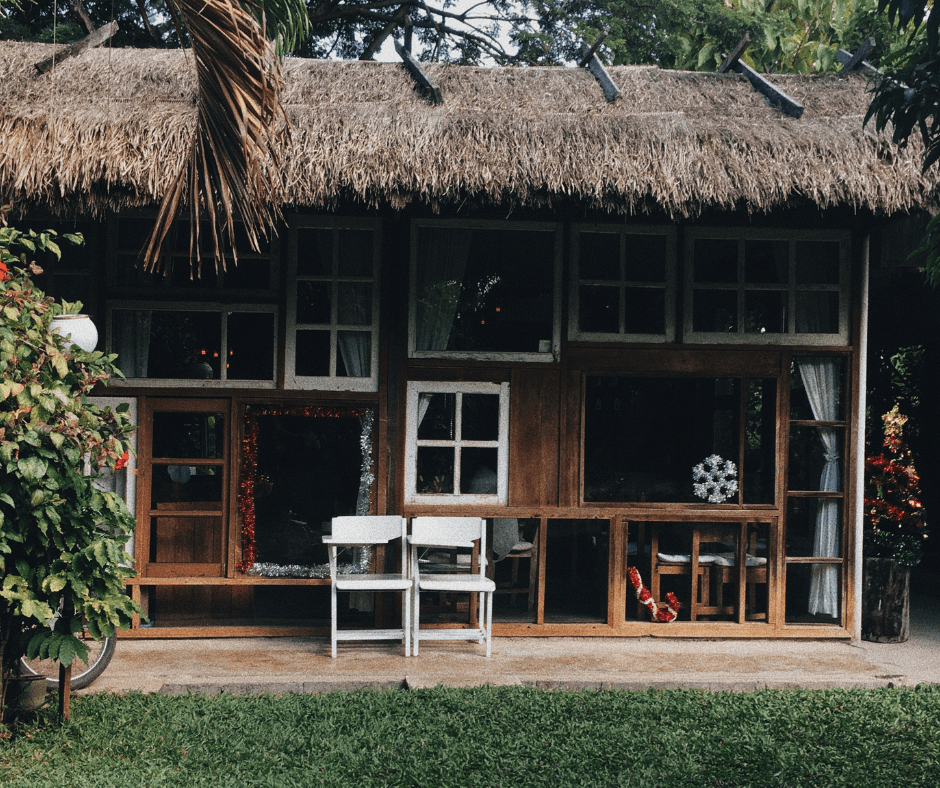Table Of Content

Using organic materials like cogon grass and nipa palm for roofing provides effective insulation, further contributing to a comfortable and pleasant living environment. The open plan layout fosters a communal living experience, promoting family togetherness and adaptability. The high ceilings not only enhance ventilation but also showcase intricate craftsmanship.
Gelo Mañosa on What Sets Filipino Architecture and Design Apart - Tatler Taiwan
Gelo Mañosa on What Sets Filipino Architecture and Design Apart.
Posted: Thu, 19 May 2022 07:00:00 GMT [source]
Wall Construction Techniques

As Filipino architects rekindle this traditional symbol, they infuse its essence into modern structures with an innovative spirit. The modern bahay kubo he designs are often bungalows with spacious interiors and sleek minimal designs. Bamboo is one of the main materials he would like to use on his modern bahay kubo projects.
Best Modern Bahay Kubo Ideas and Guide
Historically, the most iconic example of Bayanihan is the practice of moving a traditional bahay kubo from one location to another. Villagers gather to lift the entire house onto their shoulders and carry it—sometimes across a considerable distance—to its new location. This collective action of people coming together for members of their community remains a prevalent Filipino value today. There is no one-size-fits-all answer to this question, as the best material to use in building modern Bahay Kubo will vary depending on your location and climate. However, in general, we recommend using local materials that are resistant to weathering and pests.

Key Elements of Bahay Kubo Design
Additionally, incorporating Bahay Kubo elements in community projects, such as schools and cultural centers, fosters a sense of pride and ownership among residents. These community spaces become hubs for cultural activities and knowledge sharing, reinforcing the sense of identity and unity among community members. In different parts of the world, architects and designers are drawing inspiration from this traditional Filipino design.
Zamora Architects’ Tiny House Modern Bahay Kubo
Through my writing, I aspire to inspire and guide you on your journey towards embracing the beauty and simplicity of tiny living. The open layout and large windows provide captivating vistas of the surrounding greenery or landscapes, allowing occupants to embrace their natural surroundings’ serene and tranquil ambience. The seamless integration of the house with its surroundings, whether in a rural landscape or in a garden, offers stunning views of nature’s beauty. Additionally, this elevation enhances air circulation, reducing humidity and providing a cooler environment in warm tropical climates. The advent of the Spanish colonial era introduced the idea of building more permanent communities around church and government centers. Luxury vinyl tile (LVT) is also worth considering for its scratch-resistant qualities, mimicking the look of pricier materials like hardwood and stone.
Architectural Style Differences
Bahay Kubo, with its humble origins, reflects the ingenuity of the Filipino people in utilizing locally sourced materials like bamboo, nipa palm leaves, and cogon grass. These materials, readily available in the tropical landscape, were carefully woven together to create sturdy and sustainable dwellings. The elevated stilts served both practical and cultural purposes, protecting the inhabitants from floods and pests while also symbolizing the value of keeping one’s home clean and free from harm. Comparing the architectural characteristics of ranch houses and bungalows reveals distinct design philosophies that prioritize different aspects of living spaces.
A Long Standing Tradition of Harmonizing with Nature
By understanding these distinctions, we can appreciate the diverse housing options available to us, each with its unique charm and functionality. However, the intricacies that set these housing styles apart run deeper than mere aesthetics. This unique approach not only promotes a sense of identity but also contributes to a more mindful and eco-friendly way of living. This modern amakan house with 2 bedrooms could have been built for at least Php1.5 million, including the stunning furnishings. This modern Bahay Kubo design would be perfectly suited in a tropical setting, with lots of green plants all around.
Traditional homes, rooted in styles like Victorian, Colonial, Craftsman, and Neoclassical, embody classic design elements, distinct room separation, and intricate details. These houses often emphasize figures and mathematics in design, reflecting a rich historical and cultural background. Mixing antique heirloom pieces with sleek, minimalist designs offers a unique and balanced interior that honors the past while embracing the present.
Section 4: Modern Adaptations of Bahay Kubo
The unique characteristics of the traditional bahay kubo include mobility and its appropriateness to the tropical climate we have here in the Philippines. Made from lightweight materials, the small huts were carried through temporary bamboo stilts installed by volunteer townsfolk to help out a family who wished to move to another location. This tradition echoed through the succeeding generations and was the origin of the bayanihan concept, which is defined as the communal spirit that desires to achieve one common objective. Solid hardwood flooring stands out as a premier choice due to its exceptional durability, resistance to scratches, dents, and stains, making it a timeless and valuable investment for homeowners. These floors are designed to withstand the test of time, with the ability to be sanded and refinished multiple times, ensuring that they maintain their pristine appearance even after years of use.
Bahay Kubo's significance lies in its historical and cultural symbolism, shaping Filipino family life and community dynamics. Embracing Bahay Kubo design not only contributes to sustainable living but also empowers local communities. When using locally sourced materials, it boosts the local economy and supports traditional artisans, preserving their age-old craftsmanship.
Its name came from the words “bahay” which means “house” in Filipino, and “cubo” which means “cube” in Spanish. From its etymology, the common shapes of the bahay kubo are cubic, rectangular, and L-shaped. Despite its simplicity, it has significant features that can be adapted by modern designs.

No comments:
Post a Comment